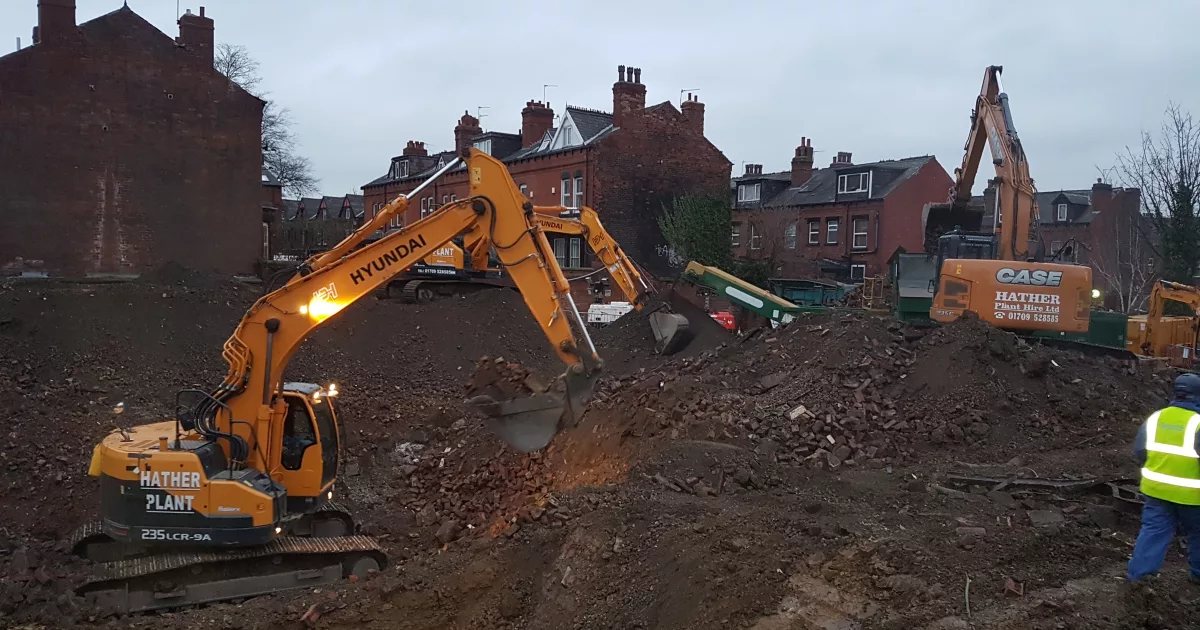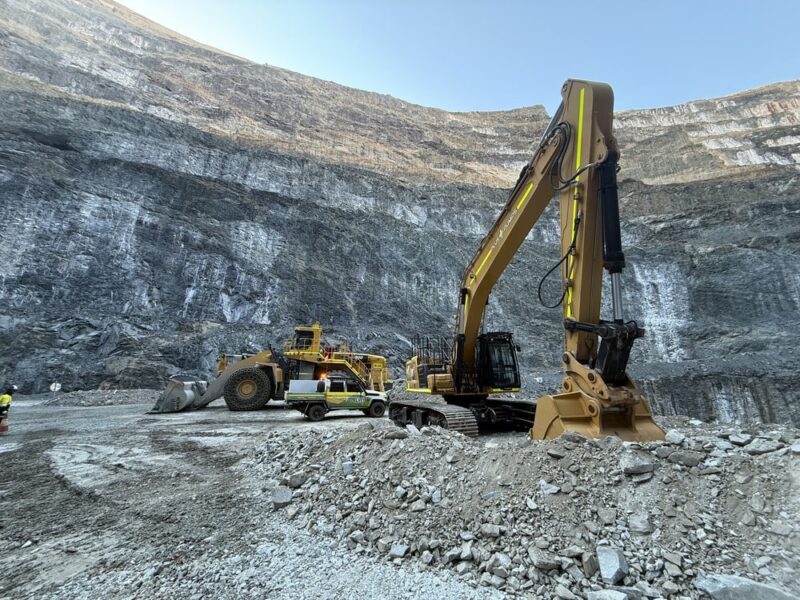Imagine this: You’ve recently acquired a picturesque parcel of land, envisioning your dream home or a thriving business. At first glance, it seems impeccable, but hidden dangers might be lying underneath – like asbestos contamination. In this article, we’ll guide you through the risks associated with asbestos-contaminated land and unveil the process of how asbestos land remediation works.
What is Asbestos?
Before we dive into the nitty-gritty of asbestos contamination, let’s get a basic understanding of what asbestos is:
Asbestos is a naturally occurring mineral known for its heat resistance, strength, and insulating
properties.
It was widely used in construction and manufacturing for decades due to its remarkable qualities.
There are different types of asbestos, but the most common ones are chrysotile (white asbestos), amosite (brown asbestos), and crocidolite (blue asbestos).
Asbestos Contamination: The Hidden Threat
Asbestos may seem harmless when it’s untouched, but when it gets disturbed, it can become a silent killer. Here are the key reasons why asbestos contamination in land is a serious concern:
Health Hazards:
- Asbestos fibers are microscopic and can be inhaled without you even realizing it.
- Prolonged exposure to asbestos can lead to serious health issues, including lung cancer, asbestosis, and mesothelioma.
- Children and pets are especially vulnerable because they often play in the soil, unknowingly stirring up asbestos fibers.
Property Value:
- Asbestos-contaminated land can significantly reduce the value of your property.
- It can also make it challenging to sell the land or secure loans for development.
Legal Consequences:
- Many countries have strict regulations regarding asbestos contamination.
- Failure to address asbestos issues can result in hefty fines and legal troubles.
Detecting Asbestos Contamination
Detecting asbestos contamination is the first step in addressing the issue. Here’s how it’s done:
Environmental Assessment:
- Environmental professionals conduct a thorough assessment of the land, looking for signs of asbestos contamination.
- They collect soil and water samples to be analyzed in a lab.
Laboratory Analysis:
- In the lab, scientists use specialized equipment to detect the presence of asbestos fibers in the samples.
- They identify the type of asbestos and determine its concentration.
Site Mapping:
- The contaminated areas are mapped out to understand the extent of the problem.
- This helps in planning the remediation process.
Asbestos Remediation: How It Works
Once asbestos contamination is confirmed, it’s crucial to initiate remediation promptly. Here’s a step-by-step guide, covering everything from the correct site preparation to the correct contaminated dirt disposal practices, to ensure that your asbestos remediation is completed correctly:
Site Preparation:
- The contaminated area is cordoned off to prevent access by unauthorized personnel.
- Warning signs are placed to inform people about the potential danger.
Safety Gear:
- Workers involved in remediation wear protective gear, including coveralls, gloves, masks, and respirators.
- This gear prevents them from inhaling asbestos fibers or carrying them to other areas.
Wetting the Area:
- Asbestos fibers become less airborne when wet.
- The contaminated area is thoroughly wetted using water to minimize the release of asbestos during removal.
Removal:
- Trained professionals carefully remove the contaminated soil, ensuring minimal disturbance.
- The contaminated soil is placed in specially designed containers for safe disposal.
Cleaning and Decontamination:
- After removal, the site is cleaned and decontaminated using a combination of wet methods and HEPA vacuuming.
- This ensures that any remaining asbestos fibers are removed.
Verification:
- Post-remediation, the area is re-assessed to ensure that asbestos levels are within safe limits.
- Laboratory analysis confirms that the land is now asbestos-free.
Disposal:
- The contaminated soil is transported to a licensed hazardous waste disposal facility.
- It’s crucial to handle contaminated dirt disposal carefully to prevent further environmental contamination.
Documentation:
- Detailed records of the entire remediation process are maintained for regulatory compliance.
Preventing Asbestos Contamination
An ounce of prevention is worth a pound of cure. Here are some steps you can take to prevent asbestos contamination in your land:
- Conduct a thorough asbestos survey before purchasing land or property.
- Educate yourself and your family about the dangers of asbestos and the importance of not disturbing suspicious materials.
- Hire licensed professionals for any construction or renovation projects, as they can identify and handle asbestos-containing materials safely.
- Regularly inspect and maintain your property to identify and address any signs of deterioration in asbestos-containing materials.
Conclusion
Grasping the perils of asbestos contamination in land is vital for human safety and environmental preservation. When confronted with potentially asbestos-laden territory, swift and expert remediation becomes paramount to curb health hazards and sustain property worth.
Take note, asbestos can be an unseen menace lurking just beneath your feet, but with accurate detection and treatment, you can guarantee that your ideal land remains secure and retains its value for the foreseeable future. Don’t let asbestos contamination overshadow your dream – be proactive and shield your property and those dear to you.



